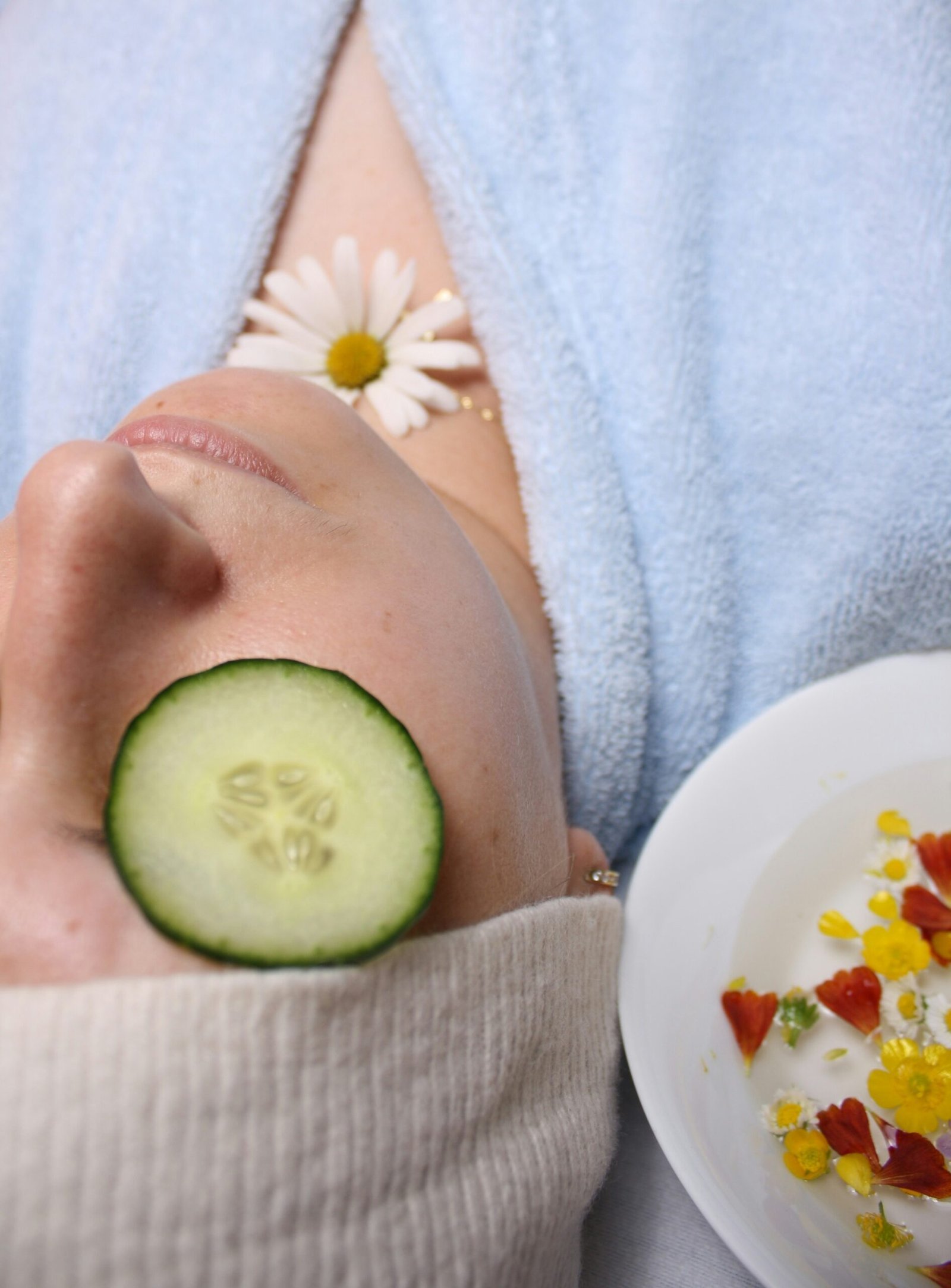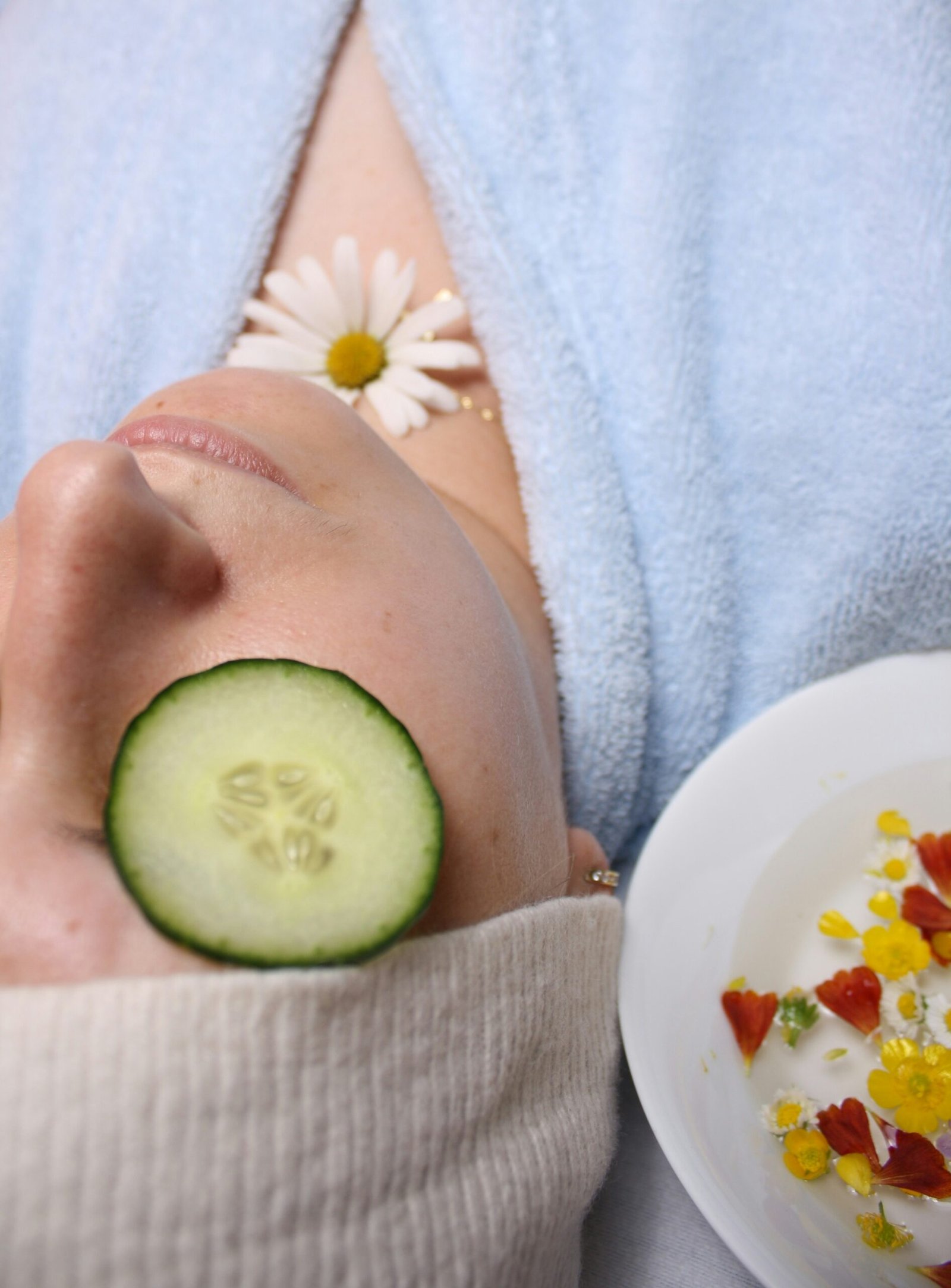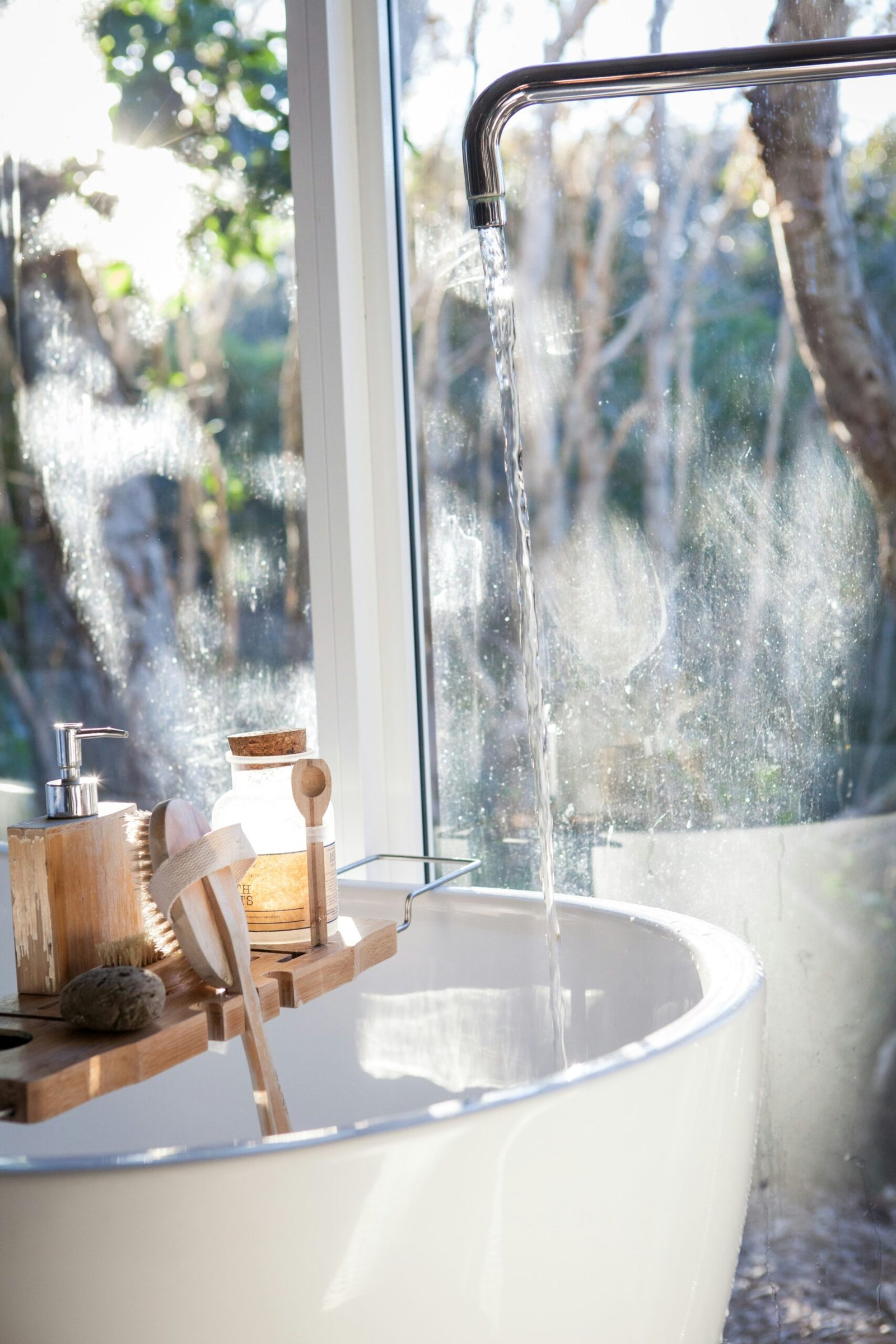
Introduction to Nighttime Spa Ambiance
Creating an ideal nighttime spa ambiance is pivotal for enhancing the relaxation experience. The ambiance of a spa, particularly during the evening hours, plays a significant role in promoting both psychological and physiological well-being. When the environment is meticulously curated, it enables individuals to unwind, de-stress, and achieve a state of tranquillity that is often elusive in the hustle and bustle of daily life.
The psychological benefits of a well-designed nighttime spa environment are substantial. A serene atmosphere, characterized by soft lighting, soothing sounds, and calming scents, can help reduce anxiety and elevate mood. This sensory experience fosters a sense of peace and can significantly alleviate stress. The act of immersing oneself in such a setting can serve as a powerful tool for mental health, offering a reprieve from the pressures of the outside world.
On the physiological side, the right spa ambiance can enhance the body’s natural healing processes. Gentle lighting and ambient music can lower heart rates and reduce blood pressure, while the inclusion of calming scents like lavender or eucalyptus can aid in relaxation and improve sleep quality. These elements work together to facilitate a holistic wellness experience, addressing both mind and body.
Furthermore, a well-curated spa environment at night can help in establishing a routine that signals the body it is time to relax and prepare for rest. This can be particularly beneficial for individuals struggling with sleep disorders or those simply seeking to improve their sleep hygiene. The interplay of sensory elements in a spa setting creates a sanctuary of calm, which can be pivotal in promoting overall wellness.
In essence, the importance of a thoughtfully designed nighttime spa ambiance cannot be overstated. It is a cornerstone of the relaxation experience, offering profound benefits for both mental and physical health. By understanding and implementing the principles of ambiance, one can truly transform a spa into a haven of peace and well-being.
Choosing the Right Lighting
Lighting plays a pivotal role in crafting the perfect nighttime spa ambiance. The right lighting can transform a space, evoking a sense of tranquility and relaxation that is essential for a peaceful night spa environment. Soft, warm lights are particularly effective in setting a calming mood. These lights mimic the natural light of a sunset, which can help the body wind down and prepare for rest. Incorporating dimmable options allows for further customization, enabling you to adjust the brightness to suit different activities and times of the evening.
Candles are another excellent choice for spa lighting, offering a gentle, flickering glow that enhances the serene atmosphere. The use of scented candles can also introduce aromatherapy benefits, further elevating the spa experience. Place candles strategically around the room – on shelves, near the bathtub, or on a side table – to ensure the light is evenly distributed without becoming overpowering.
LED lighting options have become increasingly popular due to their versatility and energy efficiency. Color-changing LED lights can be adjusted to emit a range of hues that suit your desired mood. For instance, soft blues and greens can create a soothing environment, while warmer hues can provide a cozy feel. Consider placing LED strips under furniture, along the baseboards, or behind mirrors to create a soft, indirect glow that adds depth and dimension to the space.
When arranging your spa lighting, it is crucial to avoid harsh, direct lights. Overhead lights should be minimized or replaced with softer alternatives. Instead, focus on ambient lighting that envelops the room in a gentle, welcoming glow. Using multiple light sources at different heights can help achieve a balanced illumination, making the space feel harmonious and well-thought-out.
In sum, the right lighting choices are fundamental in establishing a serene nighttime spa atmosphere. By employing soft, warm lights, candles, and versatile LED options, and by strategically placing these light sources, you can create an inviting and restful environment conducive to relaxation and rejuvenation.
Incorporating Calming Sounds
Sound plays a pivotal role in establishing a tranquil ambiance within a nighttime spa setting. The right auditory elements can significantly enhance the overall relaxation experience, making the spa environment feel more serene and inviting. Various options such as nature sounds, soft instrumental music, and white noise have been proven effective in fostering a peaceful atmosphere.
Nature sounds like the gentle rustling of leaves, the soothing flow of water, or the calming chirping of birds can transport clients into a serene, natural world, far removed from the hustle and bustle of daily life. Soft instrumental music, with its gentle melodies and harmonious tones, can provide a relaxing background that enhances the spa experience without being intrusive. White noise, on the other hand, serves to mask any unwanted background noise, creating a consistent and undisturbed soundscape.
Integrating these calming sounds into the spa environment requires a thoughtful approach to ensure they blend seamlessly with the overall ambiance. High-quality speakers or sound systems placed strategically throughout the spa can help achieve an even distribution of sound. Positioning speakers in corners or hidden behind decor elements can prevent any visual distraction while maintaining the auditory experience. Additionally, using wireless sound systems can offer more flexibility in speaker placement and reduce the clutter of wires.
It’s also essential to consider the volume and timing of the sounds. Background sounds should be kept at a low, consistent volume that is audible but not overpowering. Using a centralized system to control the volume and type of sound being played in different areas of the spa can ensure a cohesive and harmonious sound environment.
Ultimately, the goal is to create an immersive soundscape that complements the other sensory elements of the spa, enhancing the overall feeling of relaxation and tranquility. By thoughtfully incorporating calming sounds, you can elevate the nighttime spa ambiance, providing clients with a truly peaceful and rejuvenating experience.
Aromatherapy and Scent Selection
Aromatherapy plays a pivotal role in creating a tranquil nighttime spa ambiance. The use of essential oils and aromatic candles not only elevates the sensory experience but also promotes deep relaxation and well-being. The concentrated extracts from plants in essential oils have been shown to have therapeutic properties, making them indispensable in a night spa setting.
Among the myriad of essential oils available, some are particularly renowned for their calming effects. Lavender, with its light, floral aroma, is widely recognized for its ability to reduce stress and anxiety, and improve sleep quality. Chamomile, another soothing scent, offers anti-inflammatory properties and is often used to alleviate tension and induce a sense of peace. Eucalyptus, known for its refreshing and invigorating scent, can help clear the mind and ease respiratory discomfort, adding to the overall spa experience.
To effectively utilize these scents, consider using diffusers. Diffusers disperse essential oils into the air, ensuring a consistent and gentle fragrance throughout the spa environment. Ultrasonic diffusers are a popular choice, as they use water and ultrasonic waves to create a fine mist of essential oil particles. This method not only preserves the integrity of the oils but also adds a layer of humidity to the air, which can be beneficial for the skin and respiratory system.
Aromatic candles are another excellent way to introduce soothing scents into your nighttime spa ambiance. Opt for high-quality candles made from natural waxes and pure essential oils to avoid synthetic fragrances that may disrupt the relaxing atmosphere. Place these candles strategically around the space to create pockets of gentle light and fragrance.
Scent layering is an effective technique to enhance the olfactory experience. Begin with a base note, such as sandalwood or cedarwood, which provides a grounding effect. Follow with middle notes like lavender or chamomile for relaxation, and finish with a top note such as eucalyptus for a refreshing touch. This approach ensures a complex, multi-dimensional aroma that evolves over time, enhancing the overall spa ambiance.
Setting the Perfect Temperature
Achieving the ideal temperature is a fundamental aspect of creating a serene and comfortable spa environment. The temperature of your spa setting significantly influences the overall experience, affecting both relaxation and the efficacy of treatments. Proper temperature control can enhance the therapeutic benefits of various spa treatments, making it a crucial factor to consider.
For most spa treatments, a warm environment is preferred. Warm temperatures, typically ranging between 75°F and 85°F (24°C to 29°C), help to relax muscles, open pores, and improve circulation. This makes treatments like massages, facials, and body wraps more effective. Warmer temperatures can also induce a state of tranquility and comfort, which is essential for a peaceful night spa ambiance.
However, some treatments may require cooler environments. For example, cryotherapy and certain skin treatments benefit from cooler temperatures, typically between 60°F and 68°F (15°C to 20°C). Cool environments can help reduce inflammation, tighten skin, and invigorate the body. The contrast between warm and cool temperatures can also be used therapeutically to stimulate circulation and enhance the overall spa experience.
One practical way to maintain the perfect temperature is through the use of heating pads and cooling elements. Heating pads can be strategically placed on massage tables or chairs to provide localized warmth, enhancing comfort during treatments. On the other hand, cooling elements like chilled towels or cooling gel packs can be used to refresh and rejuvenate, especially after heat treatments or physical exertion.
Ultimately, the key to setting the perfect temperature lies in understanding the specific needs of each treatment and the preferences of your clients. By carefully regulating the temperature, you can ensure a harmonious and effective nighttime spa environment that promotes relaxation, rejuvenation, and overall well-being.
Comfortable and Inviting Furniture
Creating a peaceful night spa environment begins with selecting the right furniture, as it plays a pivotal role in establishing a relaxing ambiance. Comfortable seating, such as plush armchairs and sofas, should be prioritized to ensure guests feel at ease from the moment they arrive. Opt for ergonomic designs that provide ample support while exuding a sense of luxury. Soft, high-quality fabrics in neutral or calming tones can further enhance the serene atmosphere.
Massage tables are another crucial element in a spa setting. Choose tables with adjustable height and cushioning to accommodate various treatments and ensure client comfort. Heated massage tables can add an extra layer of relaxation, especially during nighttime sessions. Position these tables in a way that promotes privacy and tranquility, perhaps near dimly lit areas or by windows with soft drapes to control natural light.
Lounge chairs are essential for clients to unwind before or after their treatments. Reclining lounge chairs with padded cushions offer the perfect spot for guests to relax and rejuvenate. Arrange these chairs in cozy nooks or around a central feature, like a water fountain or indoor plants, to foster a sense of peace and connection with nature.
When arranging furniture in your night spa, consider the flow of the space. Ensure there is enough room for clients and staff to move comfortably without feeling cramped. Create distinct zones for different activities, such as a waiting area, treatment rooms, and relaxation spaces. Use screens, curtains, or potted plants to divide these areas subtly, maintaining an open yet intimate environment.
Incorporating comfortable and inviting furniture into your spa design not only enhances the overall ambiance but also contributes significantly to the clients’ experience. By thoughtfully selecting and arranging furniture, you can create a serene and welcoming environment that encourages relaxation and well-being.
Incorporating Natural Elements
Integrating natural elements into a nighttime spa environment can significantly enhance the overall ambiance and promote a sense of tranquility. The inclusion of plants, stones, and water features can create a serene atmosphere that aids in relaxation and stress reduction. The calming effects of nature have been well-documented, with studies showing that natural elements can lower blood pressure, reduce anxiety, and improve overall well-being. By thoughtfully incorporating these elements, you can transform your spa into a haven of peace.
Plants, for instance, not only add a touch of greenery but also purify the air and create a sense of connection with the outdoors. Opt for low-maintenance plants such as succulents, ferns, or peace lilies, which thrive in indoor environments and require minimal care. Strategically placing these plants around the spa, especially in areas where clients spend a lot of time, can enhance the aesthetic appeal and promote a calming environment.
Stones and pebbles can be used to create pathways or accentuate certain areas within the spa. Their natural textures and colors add an earthy feel that can ground the space and make it feel more inviting. Consider using smooth river stones around the base of plants or as part of a decorative feature in a relaxation area. The tactile sensation of walking on or touching these stones can also provide a soothing experience for clients.
Water features, such as small fountains or cascading wall installations, can introduce the soothing sound of flowing water into the spa environment. This auditory element can mask unwanted noise and create a sense of serenity. Whether it’s a tabletop fountain or a larger installation, the gentle sound of water can be incredibly calming and can help clients unwind as they enjoy their spa treatments.
By thoughtfully incorporating plants, stones, and water features, you can create a peaceful and inviting nighttime spa environment. These natural elements not only enhance the aesthetic appeal of the space but also contribute to a holistic sense of well-being, making your spa a sanctuary for relaxation and rejuvenation.
Personal Touches and Customization
Creating a peaceful night spa environment is not just about following a standard set of guidelines; it’s about infusing personal touches that make the space uniquely inviting. Personalization plays a critical role in transforming a generic spa experience into an exceptional one. One effective way to achieve this is through personalized decor. Consider incorporating elements that resonate with your personal style or those of your guests. This could include selecting specific color schemes, adding cozy textiles like plush towels and robes, or integrating elements from nature such as potted plants or a small indoor fountain.
Music is another powerful tool for setting the mood. Customized music playlists can significantly enhance the spa atmosphere. Tailor your playlist to include soothing melodies, instrumental tracks, or nature sounds that help promote relaxation. The key is to choose music that complements the overall ambiance and aligns with personal preferences. This ensures that the auditory experience is as relaxing and enjoyable as the visual and tactile elements.
Aromatherapy is an integral part of the spa experience, and customizing it can elevate the sense of tranquility. Tailored aromatherapy blends can be created using essential oils known for their calming properties, such as lavender, chamomile, or eucalyptus. By adjusting the intensity and combination of these scents, you can create a personalized aromatic environment that caters to individual preferences. Whether using diffusers, candles, or massage oils, the right blend of scents can significantly enhance the overall sense of relaxation and well-being.
Adapting the ambiance to individual preferences is crucial. This could mean dimming the lights to a specific level of softness, adjusting the room temperature, or even offering personalized spa treatments that cater to specific needs. By paying attention to these details, you create a serene and welcoming environment that feels bespoke and special. In doing so, you ensure that each visitor leaves feeling rejuvenated and valued.





